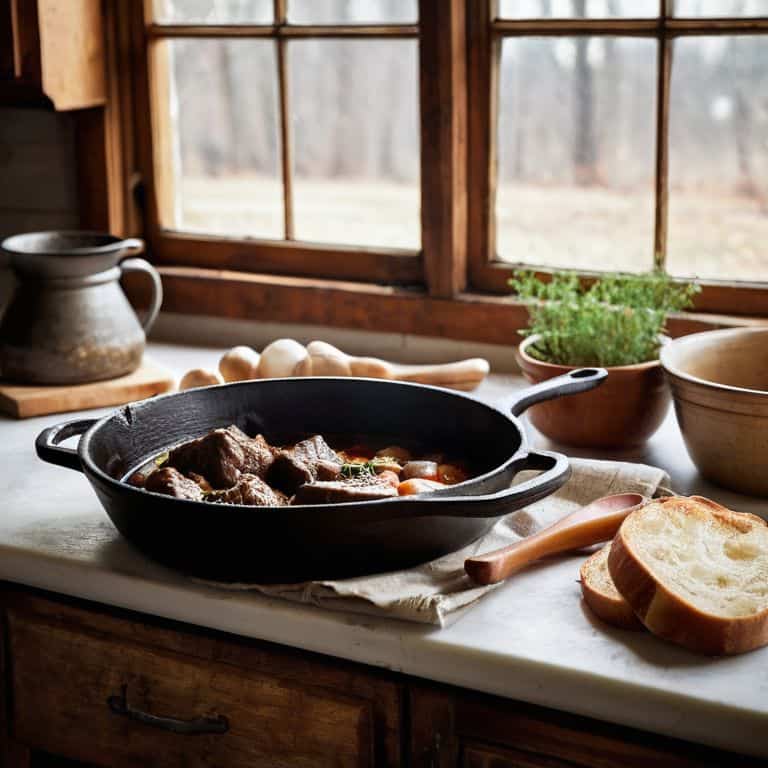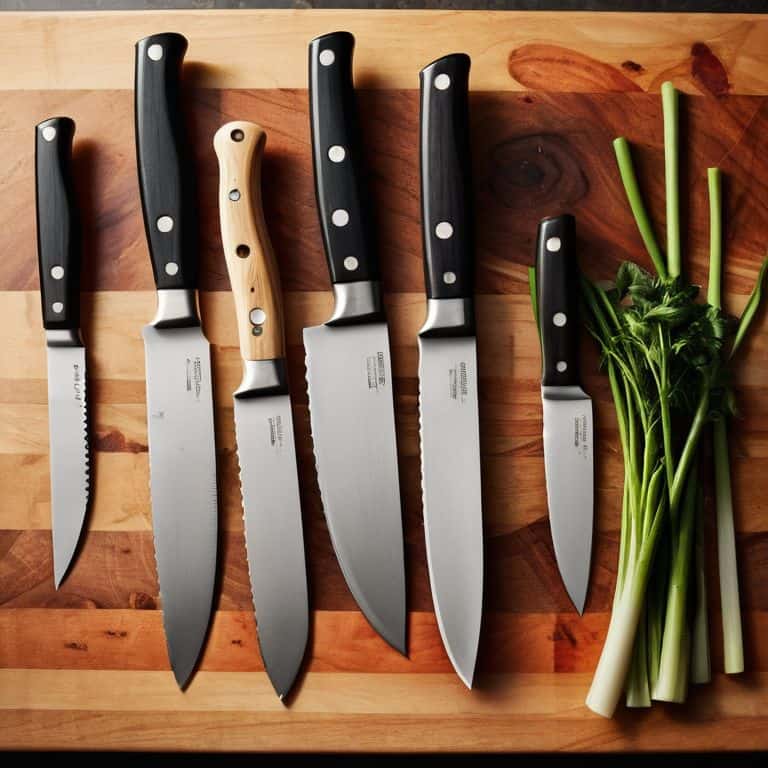I still remember the day I realized that not all food processors are created equal. I was in my small kitchen, struggling to chop a simple onion with a subpar processor that was supposed to be a game-changer. It was then that I understood the importance of having a reliable guide to navigate the world of food processors. A good guide to food processors can make all the difference in your cooking experience, helping you to choose the right tool for the job and avoid the frustration of using a poorly designed product.
In this article, I’ll cut through the noise and provide you with honest advice on how to choose the best food processor for your needs. I’ll share my personal experience and expertise to help you make an informed decision, avoiding the common pitfalls and myths that surround these products. You can expect to learn about the key features to look for, how to evaluate different models, and what to avoid when selecting a food processor. By the end of this guide, you’ll be equipped with the knowledge to find the perfect food processor for your kitchen, and start cooking like a pro.
Table of Contents
Guide Overview: What You'll Need
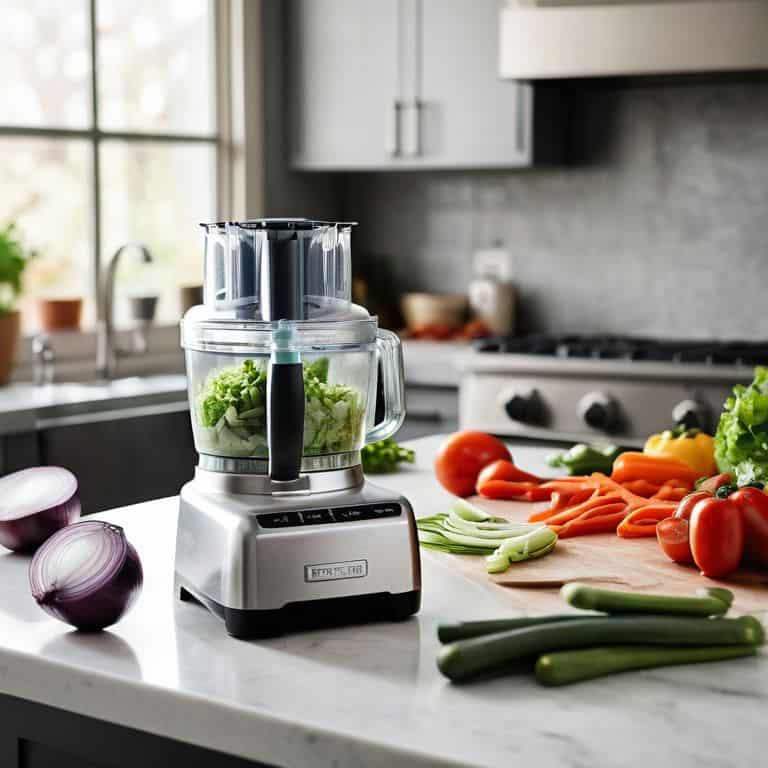
Total Time: 1 hour 15 minutes
Estimated Cost: $50 – $100
Difficulty Level: Easy
Tools Required
- Measuring Cups (dry and liquid)
- Measuring Spoons
- Spatula (rubber or silicone)
- Knife (for chopping ingredients)
- Cutting Board (for preparation)
Supplies & Materials
- Food Processor Machine (various models available)
- Blades and Discs (depending on the model)
- Bowls and Containers (for storing processed food)
- Recipe Book (for inspiration and guidance)
- Cleaning Brush (for maintenance)
Step-by-Step Instructions
- 1. First, define your needs: Before diving into the world of food processors, it’s essential to understand what you’ll be using it for. Are you a culinary enthusiast who loves to cook intricate meals, or are you a busy professional looking for a quick way to prep healthy snacks? Identifying your needs will help you narrow down the features that matter most to you.
- 2. Next, research different types of food processors available in the market. You’ll find a range of options, from compact choppers to full-fledged food processing systems. Look into the various features, such as chopping, slicing, shredding, and pureeing capabilities, to determine which type aligns best with your requirements.
- 3. Now, evaluate the power and speed of the food processor. A more powerful motor will allow you to process tougher ingredients and handle larger quantities, but it may also increase the noise level and price. Consider the speed options as well, as some processors come with multiple speed settings for different tasks.
- 4. When it comes to capacity and size, think about the space you have available in your kitchen and the amount of food you typically process at one time. A larger bowl capacity may be convenient, but it also means a bigger footprint on your countertop. Look for a processor that strikes a balance between capacity and compactness.
- 5. Assess the ease of use and cleaning of the food processor. A user-friendly interface and simple assembly are crucial for a hassle-free experience. Additionally, consider the material and design of the parts – are they dishwasher safe? Are there any tricky corners or crevices where food can get stuck?
- 6. Moving on to safety features, ensure that the food processor you choose has a secure locking system to prevent accidents. Also, check for features like overload protection, which can prevent the motor from burning out in case you process too much food at once.
- 7. Once you’ve shortlisted a few models, read reviews and compare prices. Look for feedback from other users to get a sense of the processor’s performance, durability, and any potential drawbacks. Compare prices across different retailers to find the best deal, and consider the warranty and customer support offered by the manufacturer.
- 8. Finally, test it out if possible, or watch video reviews to get a hands-on feel for the food processor. Pay attention to the build quality and how it handles different tasks – this will give you a better understanding of whether it’s the right fit for your kitchen and cooking style.
A Guide to Food Processors
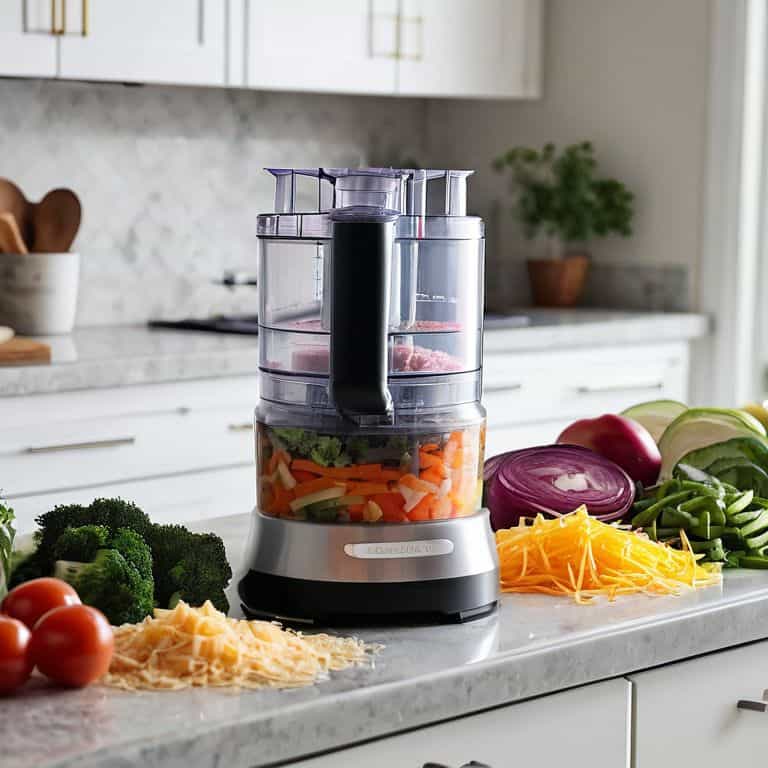
When it comes to choosing the best food processor for home use, there are several factors to consider. Not only do you want a device that can handle various tasks, but also one that is easy to use and clean. I’ve found that a good food processor can be a total game-changer in the kitchen, especially when it comes to prepping ingredients for complex recipes.
In my experience, understanding the difference between a food processor vs blender is crucial. While both appliances can handle blending tasks, a food processor is designed for more heavy-duty work, such as chopping, slicing, and shredding. This distinction can help you decide which appliance to use for a particular task, making your cooking process more efficient.
To get the most out of your food processor, it’s essential to follow tips for using a food processor and take necessary food processor safety precautions. This includes properly securing the lid, using the correct blade attachments, and avoiding overloading the bowl. By doing so, you’ll not only ensure your safety but also prolong the lifespan of your appliance.
Beyond Blenders Food Processor Essentials
When it comes to food processors, there’s more to it than just chopping and slicing. A good food processor should be an extension of your culinary creativity, allowing you to explore new recipes and techniques with ease. For me, the essentials include a powerful motor, versatile blade options, and a durable design that can withstand frequent use. I’ve had my fair share of subpar processors that fell short on these expectations, but the ones that get it right are truly worth the investment.
In my experience, the best food processors are those that balance form and function. A sleek, compact design is a must for my kitchen countertop, but it’s the performance that really matters. I look for processors that can handle everything from emulsifying sauces to kneading dough, and do so with minimal fuss and cleanup. Anything less, and it’s just not worth the hype.
Safety First Tips and Precautions
When it comes to food processors, safety should always be top of mind. I’ve seen my fair share of kitchen mishaps, and trust me, you don’t want to become a statistic. Always chop veggies and fruits into manageable pieces before processing, and never overfill the bowl – it’s just common sense. Keep your fingers away from the blades, and for the love of all things good, don’t process hot foods – the last thing you need is a steam burn.
By following these simple precautions, you’ll be well on your way to a safe and enjoyable food processing experience. Worth the Hype? Absolutely, if you do it right.
Processor Perfection: 5 Tips to Elevate Your Kitchen Game
- Choose the Right Size: Don’t get caught up in the hype – a larger food processor isn’t always better, consider the space you have and the number of people you’re cooking for
- Blade Brilliance: A good blade can make all the difference, look for processors with high-quality, interchangeable blades to tackle any recipe
- Speed Demon: Variable speed control is a must-have for tackling delicate herbs or tough root veggies, don’t settle for a one-speed wonder
- Accessory Alert: Don’t be swayed by unnecessary bells and whistles, focus on the essentials like shredding and slicing discs, and a decent dough blade
- Clean Sweep: Let’s face it, cleaning can be a chore – opt for a processor with easy-to-clean parts and a compact design to make the process a whole lot smoother
Worth the Hype? Key Takeaways
I’ve found that a good food processor can be a total game-changer in the kitchen, but it’s all about finding the right one for your needs – look for a model with multiple speed settings and a robust motor
Beyond the basics, it’s the little things that set a great food processor apart – think durable construction, easy cleaning, and a design that actually looks good on your countertop
When it comes down to it, a food processor is only as good as the experience it provides – that means considering factors like noise level, ease of use, and of course, the all-important unboxing experience
The Processor's Pulse
A great food processor is not just about chopping and slicing, it’s about elevating the culinary experience – it’s the difference between a decent dish and a truly unforgettable one.
Julian Grey
The Verdict: Elevating Your Kitchen Experience
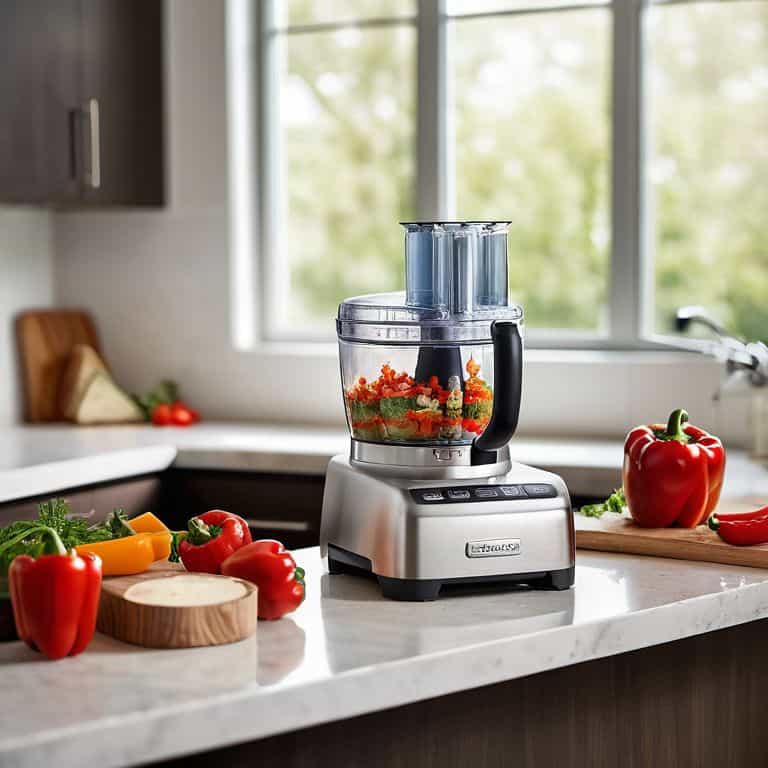
As we conclude this guide to food processors, it’s essential to remember the essentials: understanding your needs, considering safety precautions, and investing in a quality product that fits your lifestyle. From the basics of food processor functionality to the nuances of various models, we’ve covered the key points to help you make an informed decision. Whether you’re a culinary novice or an experienced chef, a good food processor can be a game-changer in your kitchen, offering versatility, convenience, and the potential to explore a wide range of recipes and cooking techniques.
In the end, the goal is not just about finding the best food processor, but about elevating your cooking experience and making the time spent in your kitchen more enjoyable and creative. By choosing the right tools and embracing the world of food processing, you open yourself up to a universe of flavors, textures, and presentation styles. So, go ahead, take the leap, and discover how a quality food processor can become your most trusted companion in the kitchen, helping you to create, innovate, and make every meal a masterpiece.
Frequently Asked Questions
What are the key features to look for when choosing a food processor for home use?
When choosing a food processor for home use, I look for a few non-negotiables: a powerful motor, versatile blade options, and a sturdy, easy-to-clean design. Also, consider the size – you don’t want it to hog your countertop. Worth the Hype? Only if it checks these boxes.
How do I maintain and clean my food processor to ensure it lasts?
To keep your food processor in top shape, clean it after each use and descale regularly. A soft brush and mild soap will do the trick. For tougher jobs, mix equal parts water and white vinegar in the bowl and let it run for a minute. Worth the Hype? Trust me, a well-maintained food processor is a game-changer.
Can a food processor really replace other kitchen appliances, such as a blender or stand mixer?
Honestly, a good food processor can replace some functions of a blender or stand mixer, but it’s not a total substitute. I’ve found it excels at tasks like chopping, slicing, and pureeing, but for heavy-duty mixing or blending, you’ll still want your specialized appliances. Worth the Hype? Yes, as a versatile addition, not a replacement.


